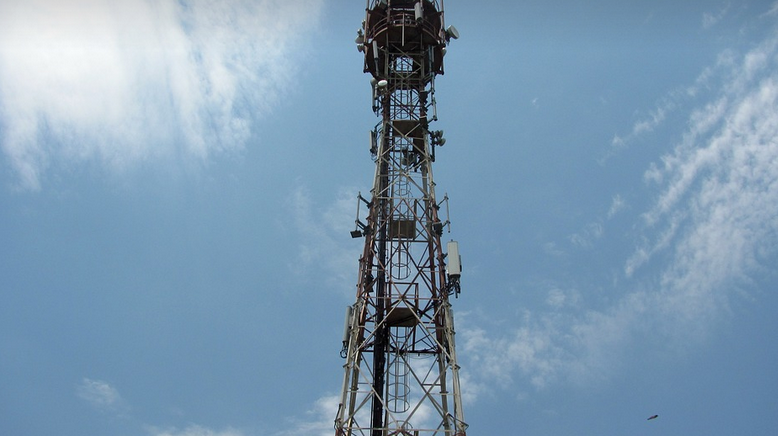What on Earth Is an Authentication Manager?
Imagine your computer as a busy office with multiple departments, each responsible for specific tasks. You need a secure way to access these departments and their resources – think of it like getting into your private office at work or accessing sensitive information in HR.
Your authentication manager is that gatekeeper, ensuring you have the right credentials (like your badge or password) before granting access to different areas of your computer network. It’s a critical component for security and smooth user experience. It verifies your identity and authorizes you to use specific services.
Think of it like this: You need to prove your identity to enter the office building, right? The key or password acts as a trusted symbol of who you are. Your authentication manager works behind the scenes – on your computer’s network – ensuring that only authorized users can access sensitive information and services.
Without an authentication manager, your computer would be like a wide-open door inviting anyone to come in! Think about a public coffee shop where no one checks for their ID. It wouldn’t be very secure, right? That’s why the authentication manager plays such a critical role in keeping your data and services safe.
It makes our online world much more user-friendly because it keeps things going smoothly without unnecessary hassle.
Why Am I Getting the “Unable to Connect” Error?
You might be encountering this error message on your computer when trying to access a specific service, like logging into your work email or accessing a website. This can happen even if you’re using a familiar app or program.
The pop-up message “Unable to connect; Unable to communicate with the authentication manager service” indicates that there’s a communication breakdown between your computer and the authentication manager. It’s like calling in for help, but no one’s answering the phone! You need to troubleshoot this issue before you can continue.
Here’s why these kinds of connections might fail:
- **Network issues:** Your internet connection may be down or unstable. This is a common culprit – think about your Wi-Fi signal strength or if your router needs rebooting.
- **Firewall blocking:** Sometimes, your computer’s firewall acts as the “security guard” and might have blocked access to specific ports or services.
- **Authentication manager issues:** The authentication manager itself might be experiencing temporary glitches or problems with its software configuration.
- **Software conflicts:** This can sometimes occur if you recently installed new programs, updated your operating system, or downloaded applications from untrusted sources.
- **Antivirus interference:** Your antivirus software could be blocking the communication between your computer and the authentication manager to protect against potential threats or misconfigurations.
It’s important to remember that these issues typically occur gradually and are often triggered by unforeseen changes in your computer system, but they can also happen when you perform specific actions like downloading new software.
Troubleshooting Steps: Reactivating the Connection
The good news is that there are easy steps you can take to troubleshoot this issue. Let’s look at some common solutions:
- **Check your internet connection:** The first step should always be verifying your network connection. Go through these steps:
- Restart your router and modem: This usually fixes minor glitches.
- Check for signal strength: Ensure you have a strong Wi-Fi connection; move closer to the router or try an Ethernet cable if available.
- Run a speed test: Use online tools like Speedtest.net to check your internet connection speed.
- **Temporarily disable antivirus/firewall:** Sometimes, your security software might be causing problems if you’re using a more protective setting. Try temporarily disabling it and see if the error is resolved. It’s always best to have an active antivirus for your safety, but this method can help you pinpoint a specific cause.
- **Run “Network Reset”:** Windows has built-in tools that can reset your network settings:
* Go to Settings > Network & internet > Status. * Click on the ‘Status’ tab and look for any error messages or warnings relating to your network connection. If there are any, click on “Reset my network settings”. - **Check for software conflicts:** Make sure you haven’t installed new programs or updated your operating system recently:
* Open Control Panel > System and Security > Windows Update to see if you have any pending updates. * Ensure all programs are up-to-date, including drivers. * If the error persists, check for software conflicts by uninstalling recently installed programs.
If none of these steps resolve your issue, it’s time to seek professional help from IT support or a computer specialist. They can use more advanced tools and methods to pinpoint the exact problem and fix it for you.
Don’t Give Up!
Remember, most technical issues are solvable! A little patience, troubleshooting, and maybe a bit of trial-and-error is all it takes to get back online.
If you have any other questions or need more help troubleshooting this issue, feel free to ask! We’re here to support you on your journey to staying connected and secure.



